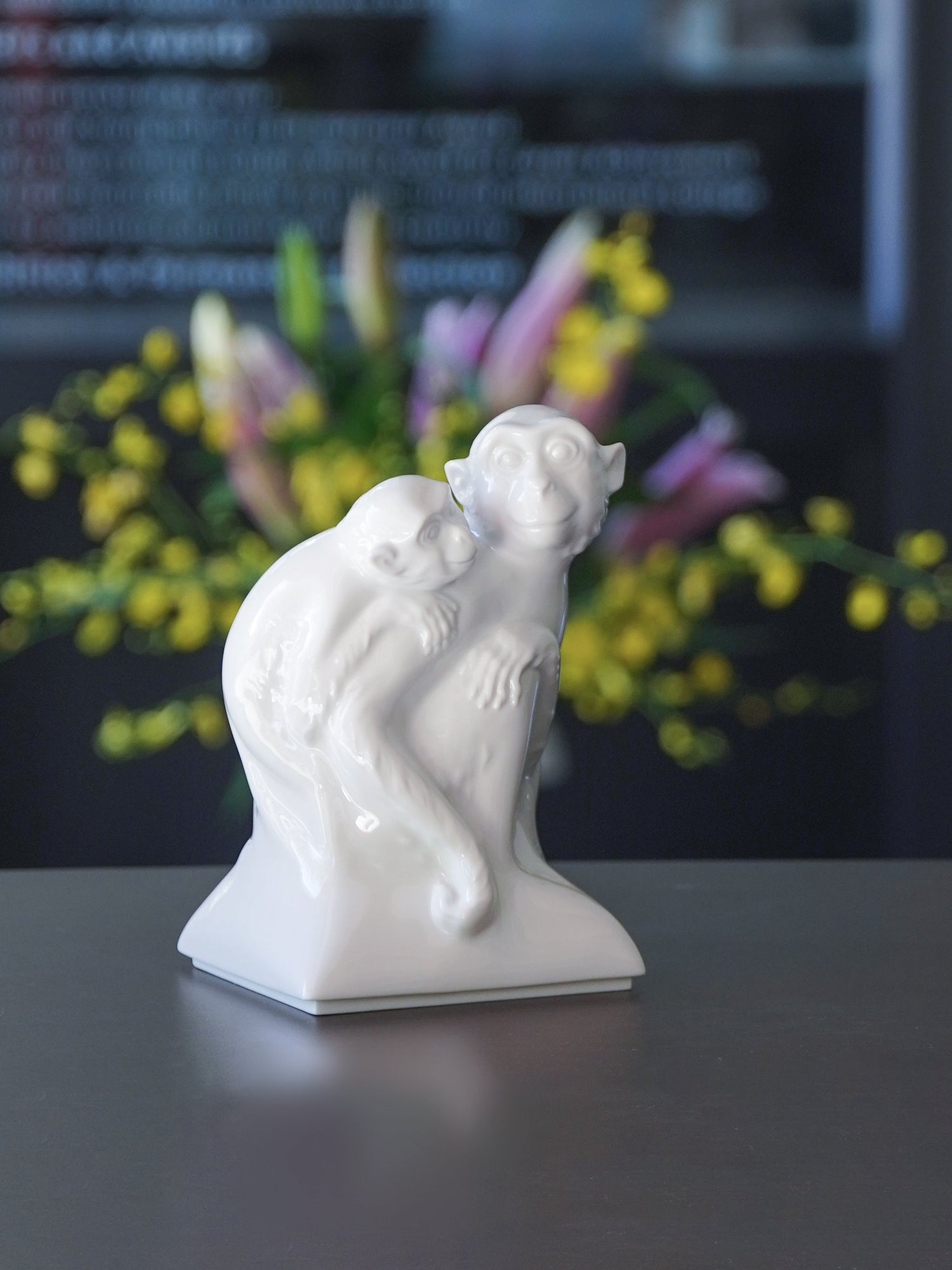
Double the Joy, Double the Meaning: Porcelain Gifts that Celebrate Togetherness
Explore how symbolic porcelain pieces express the beauty of companionship, encouragement, and shared success.
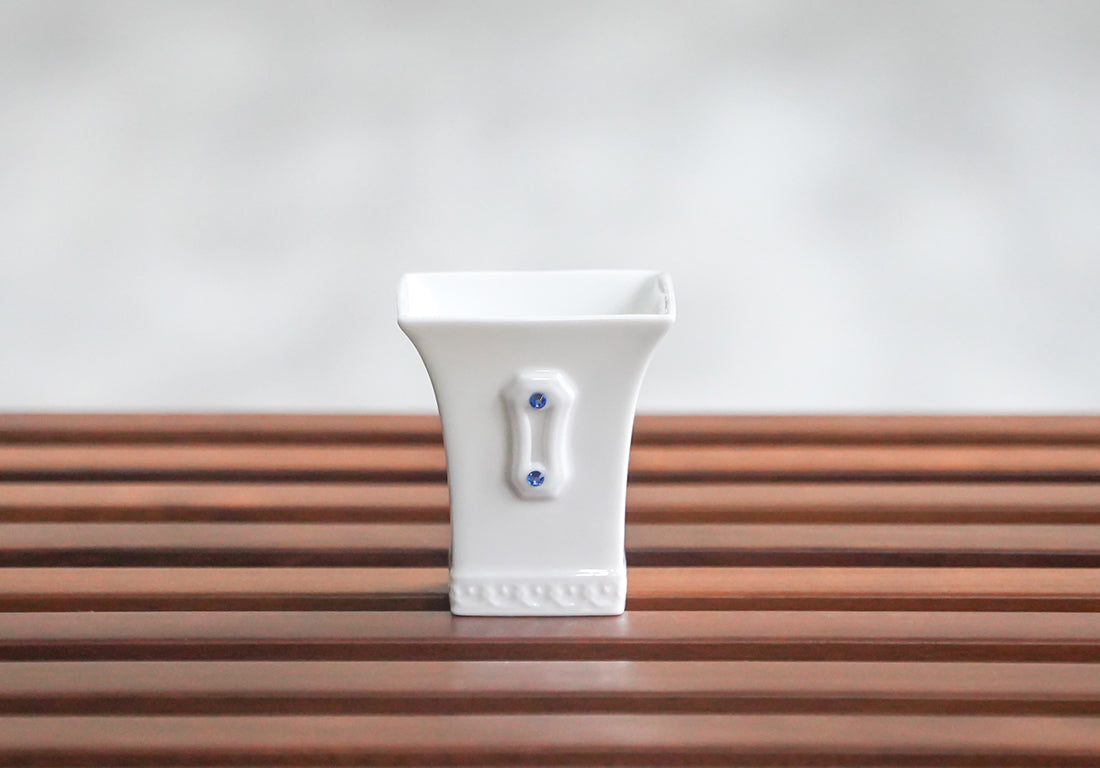
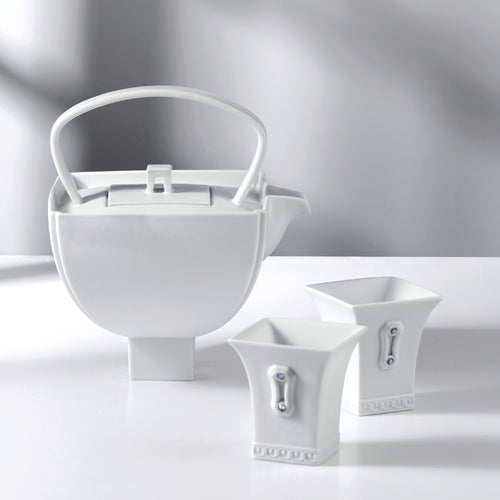

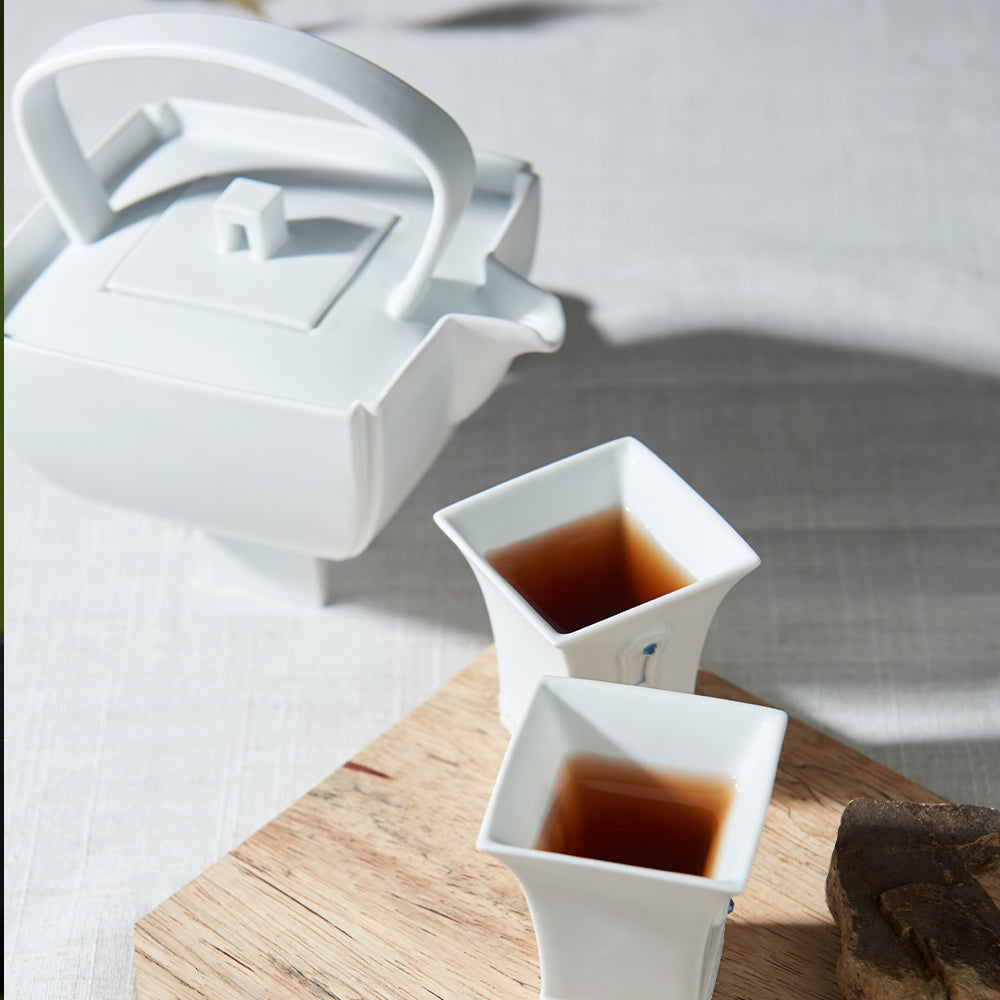
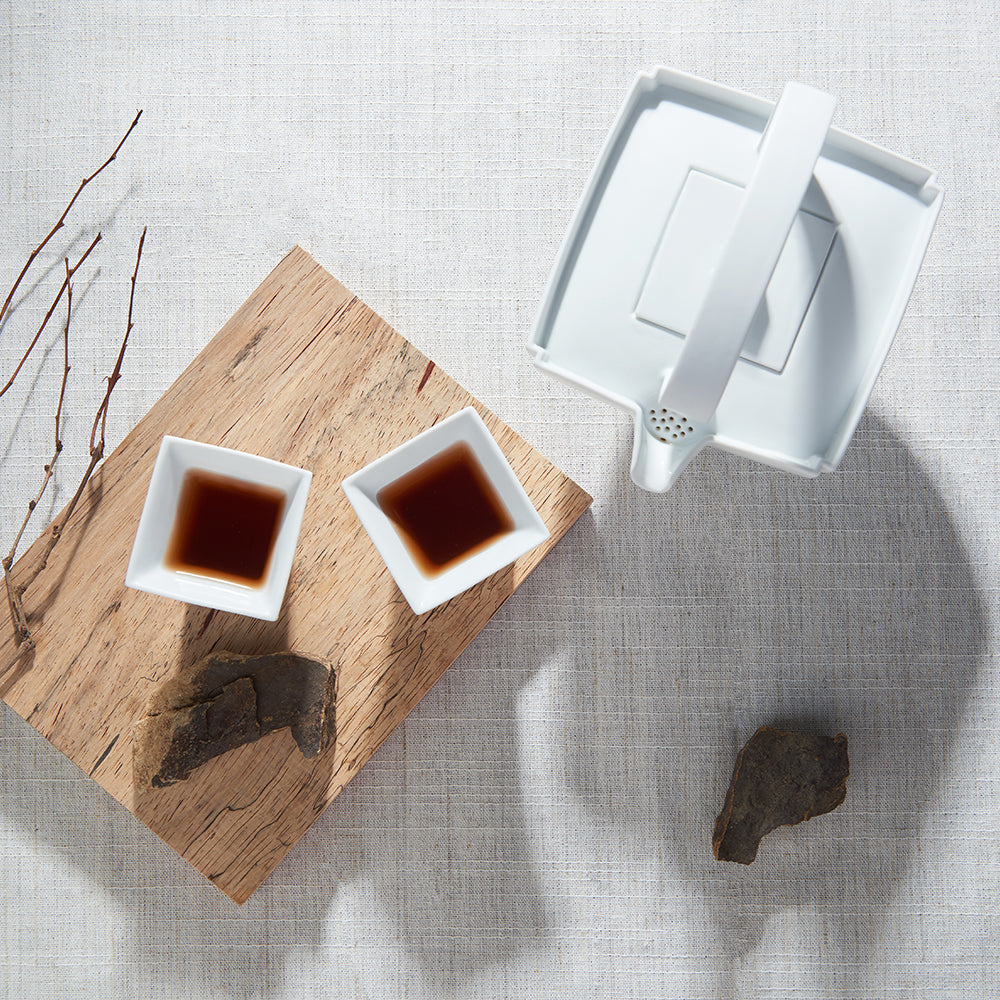
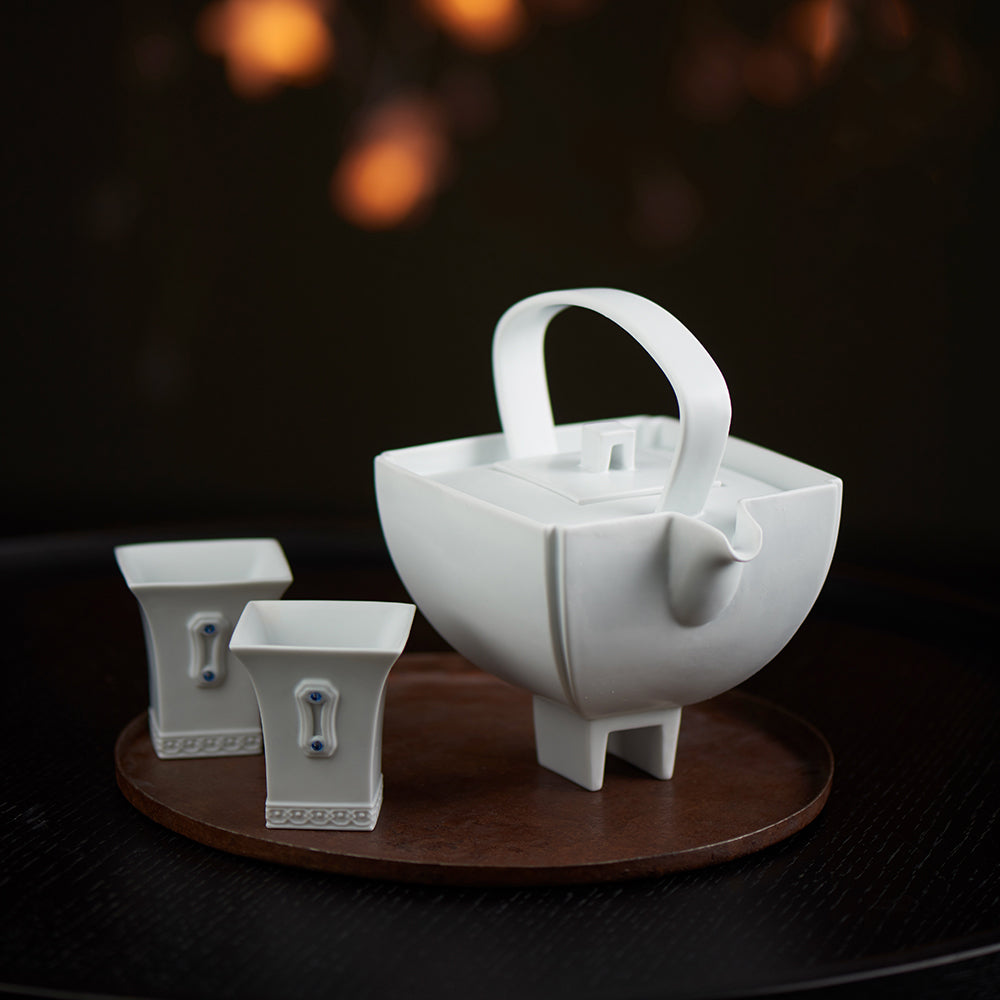
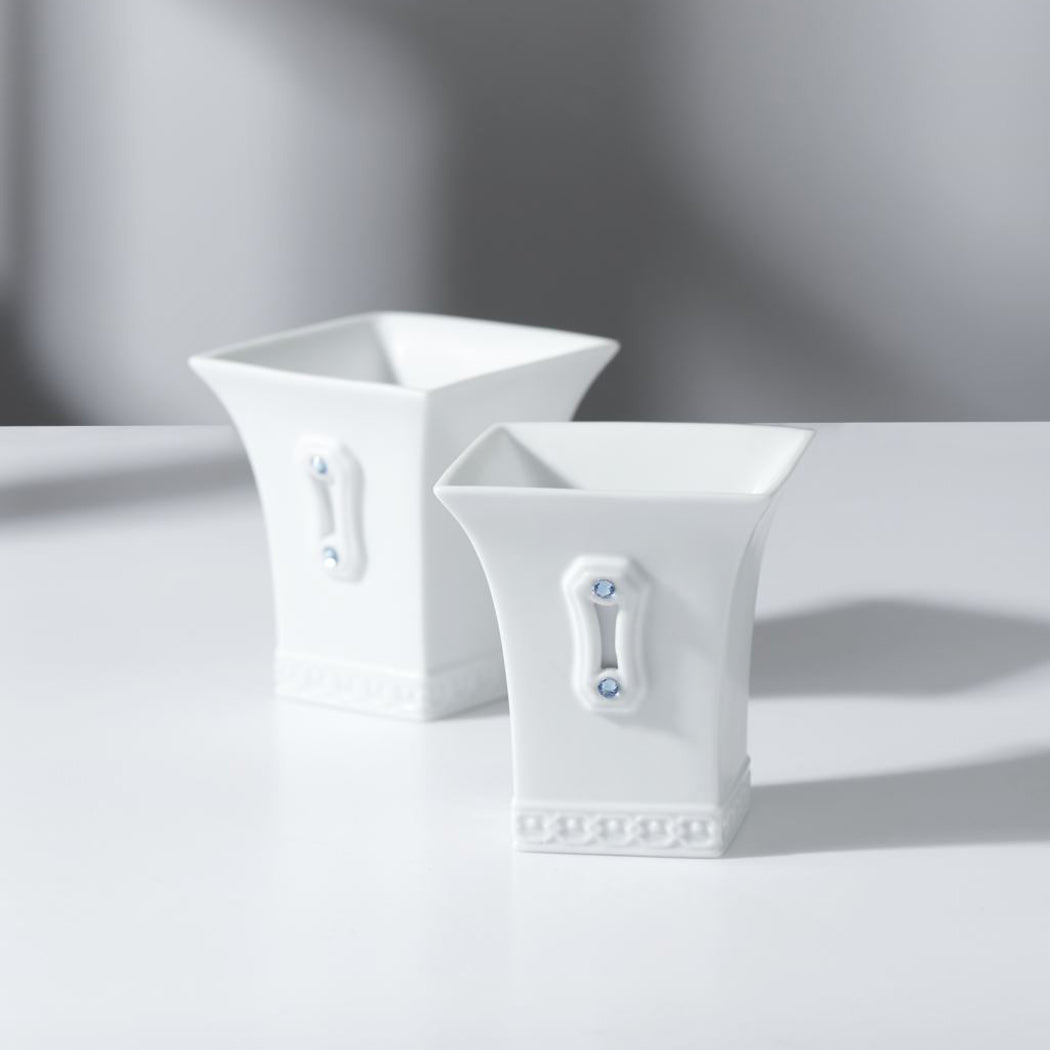
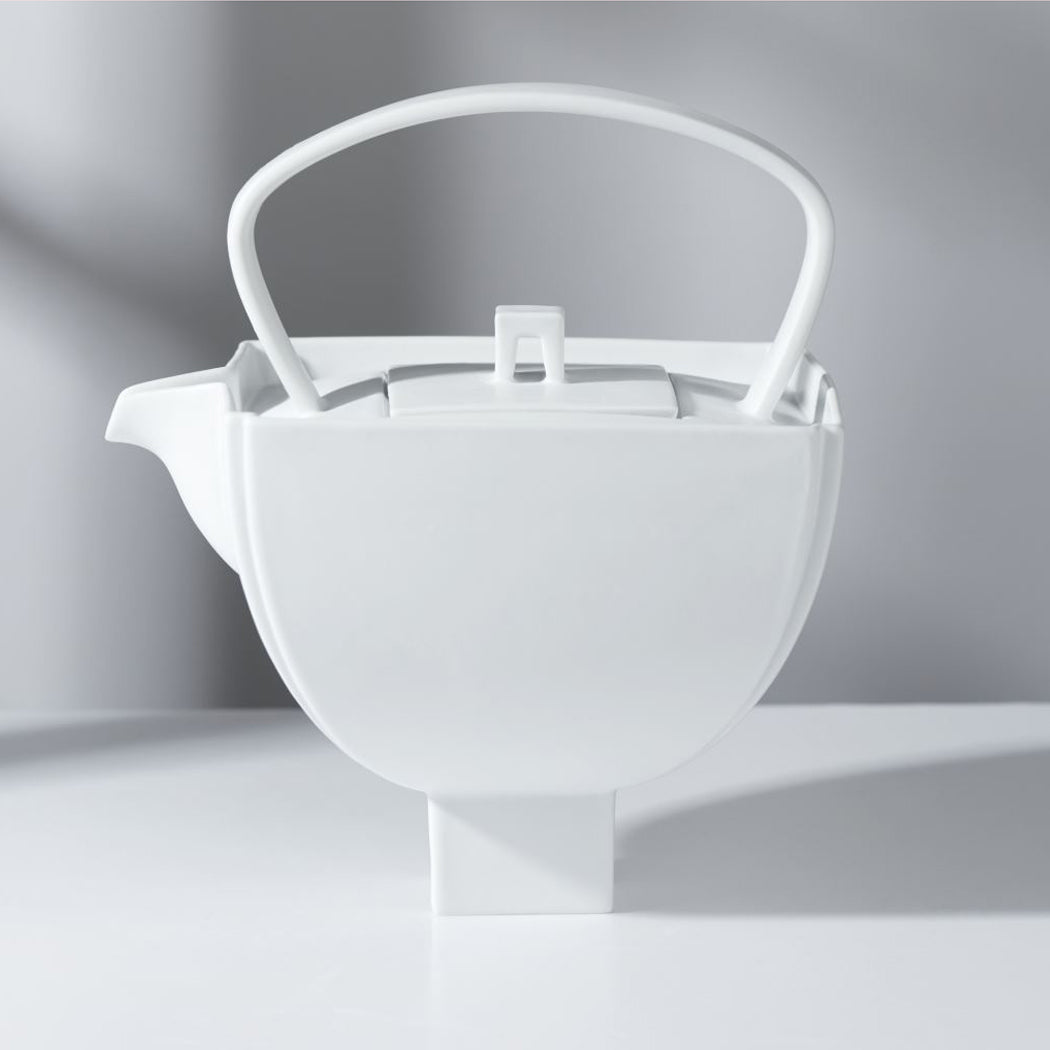
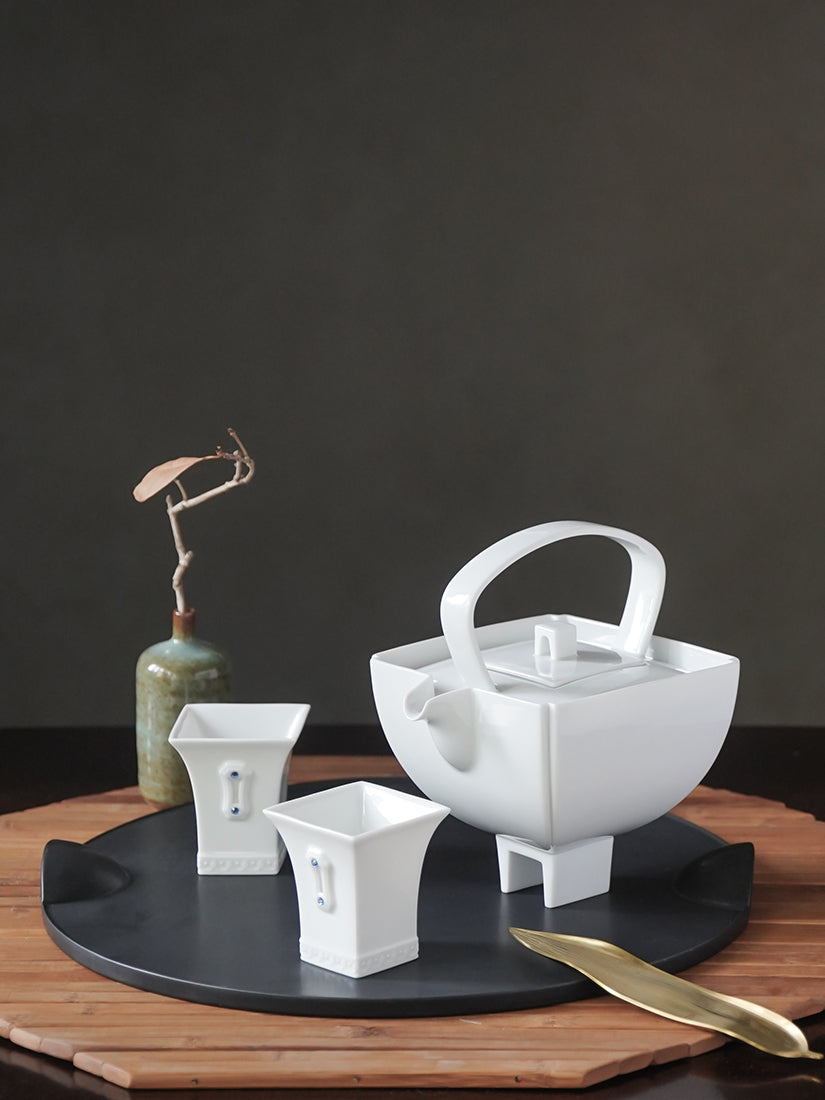


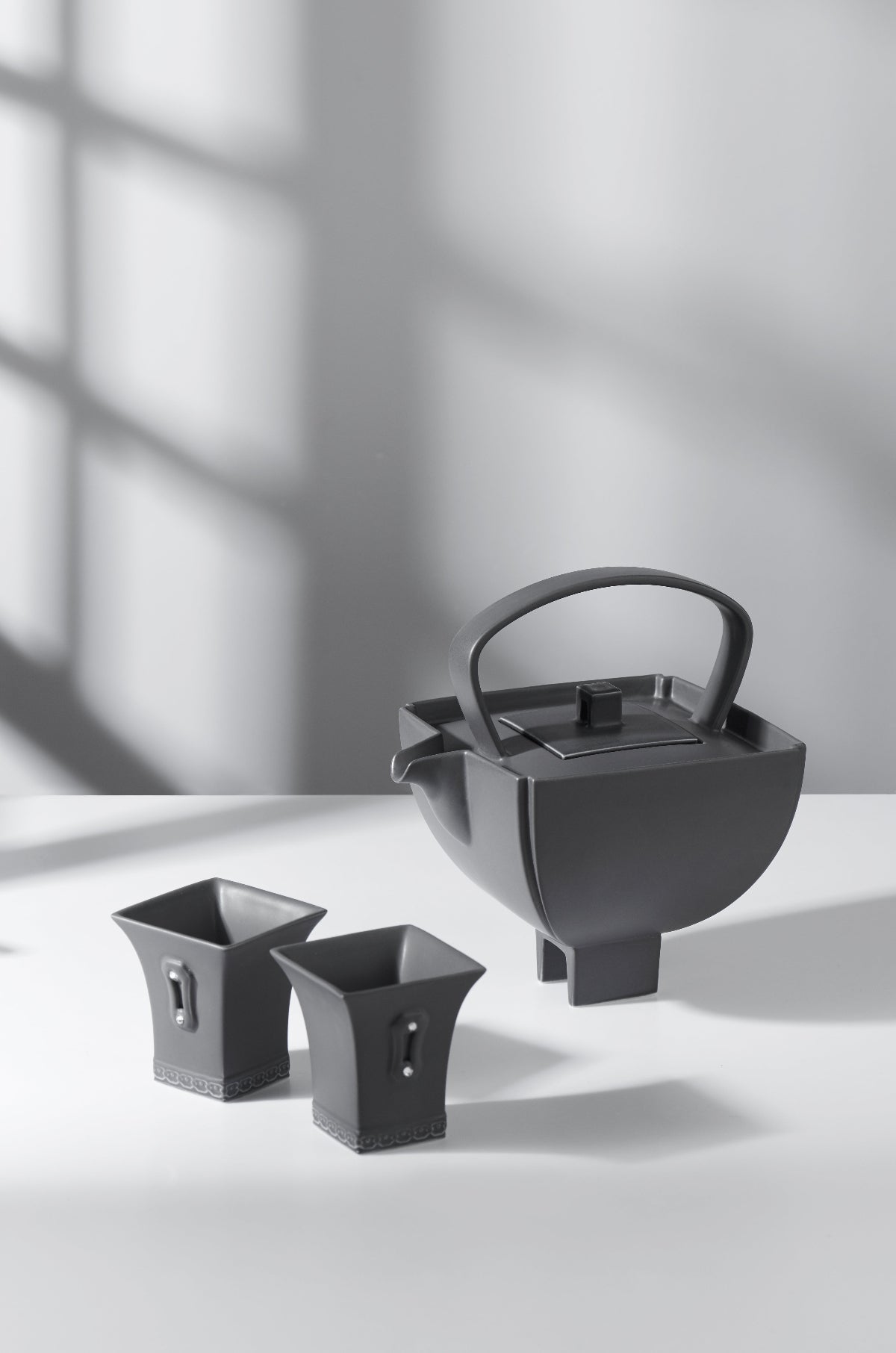

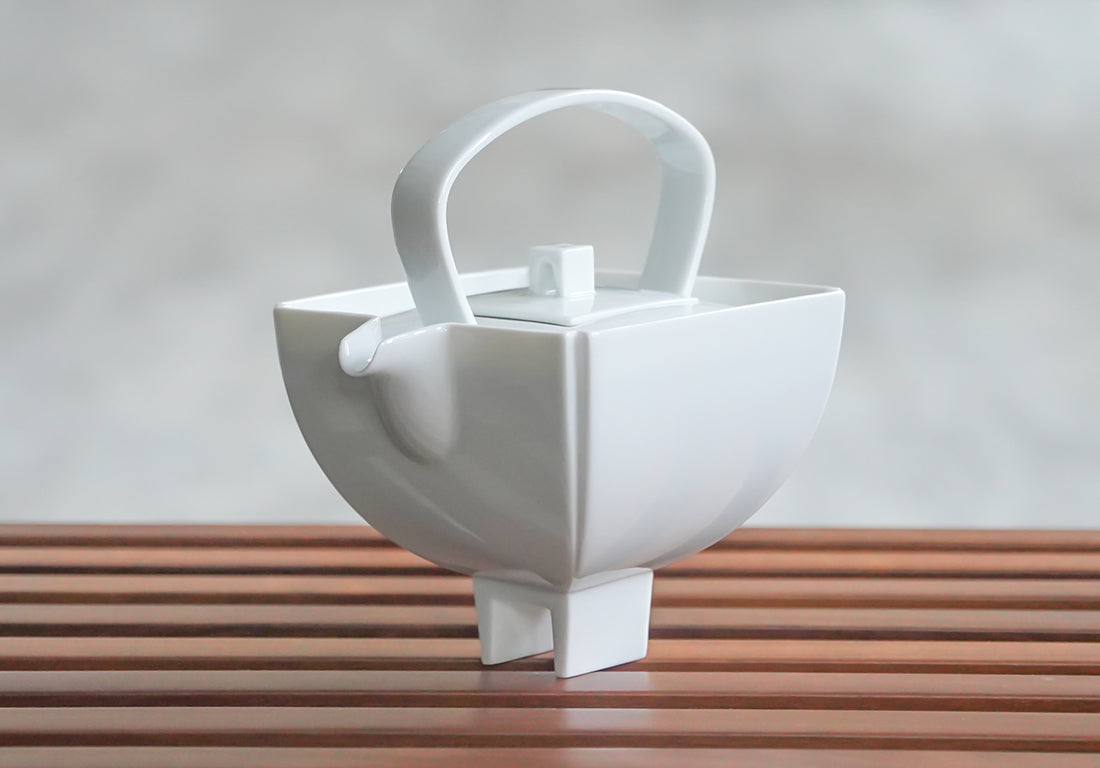
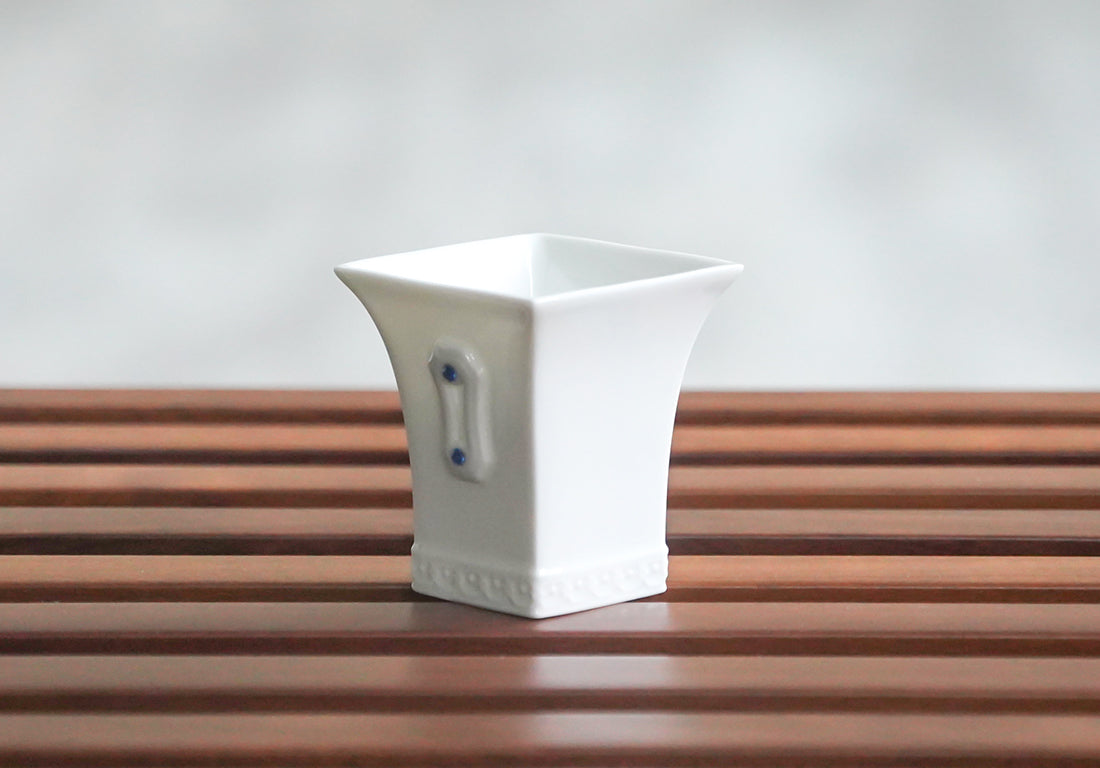
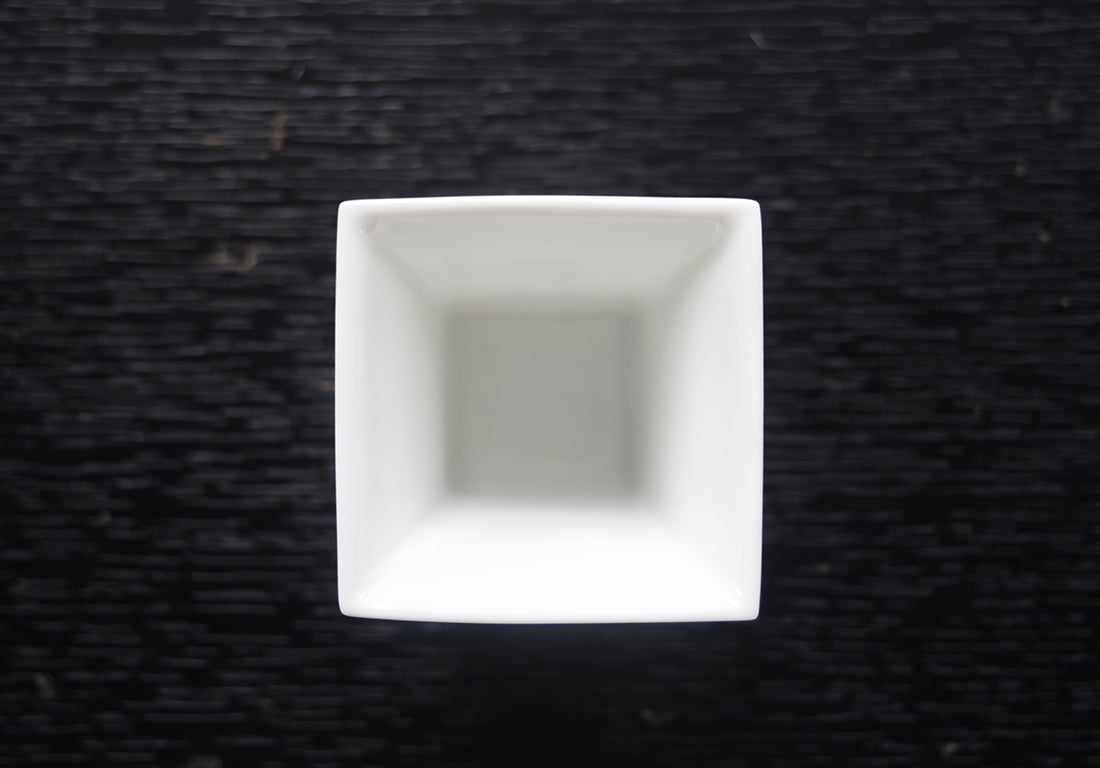
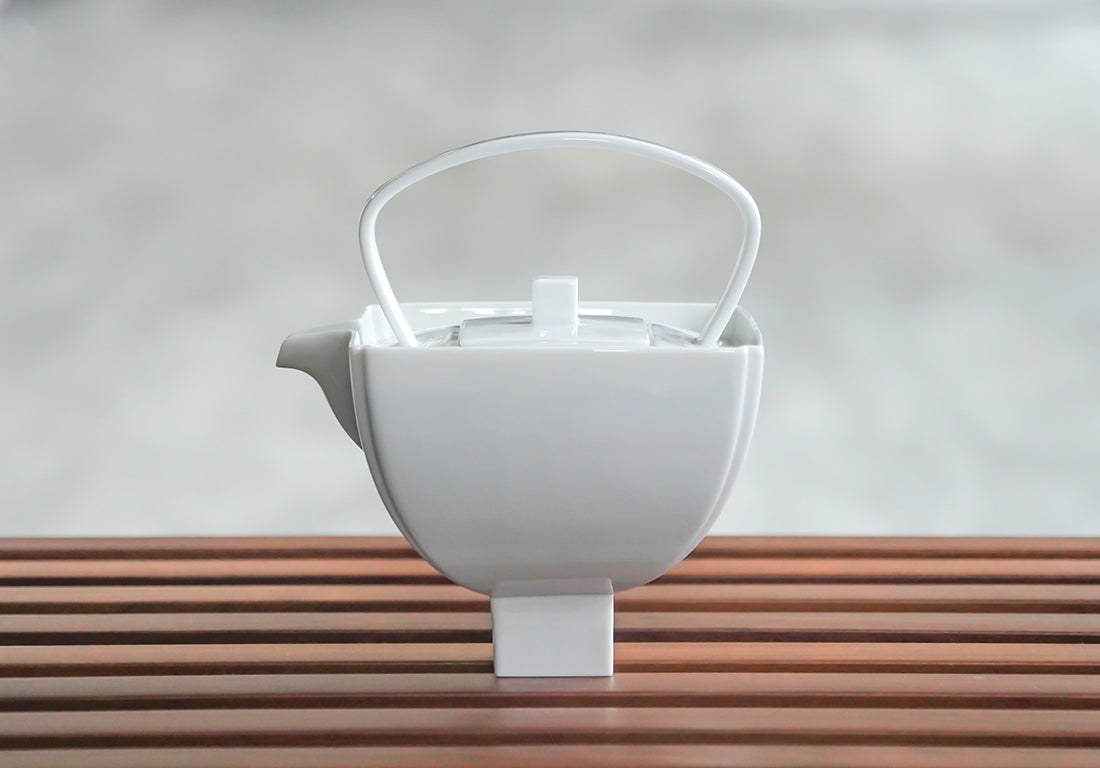
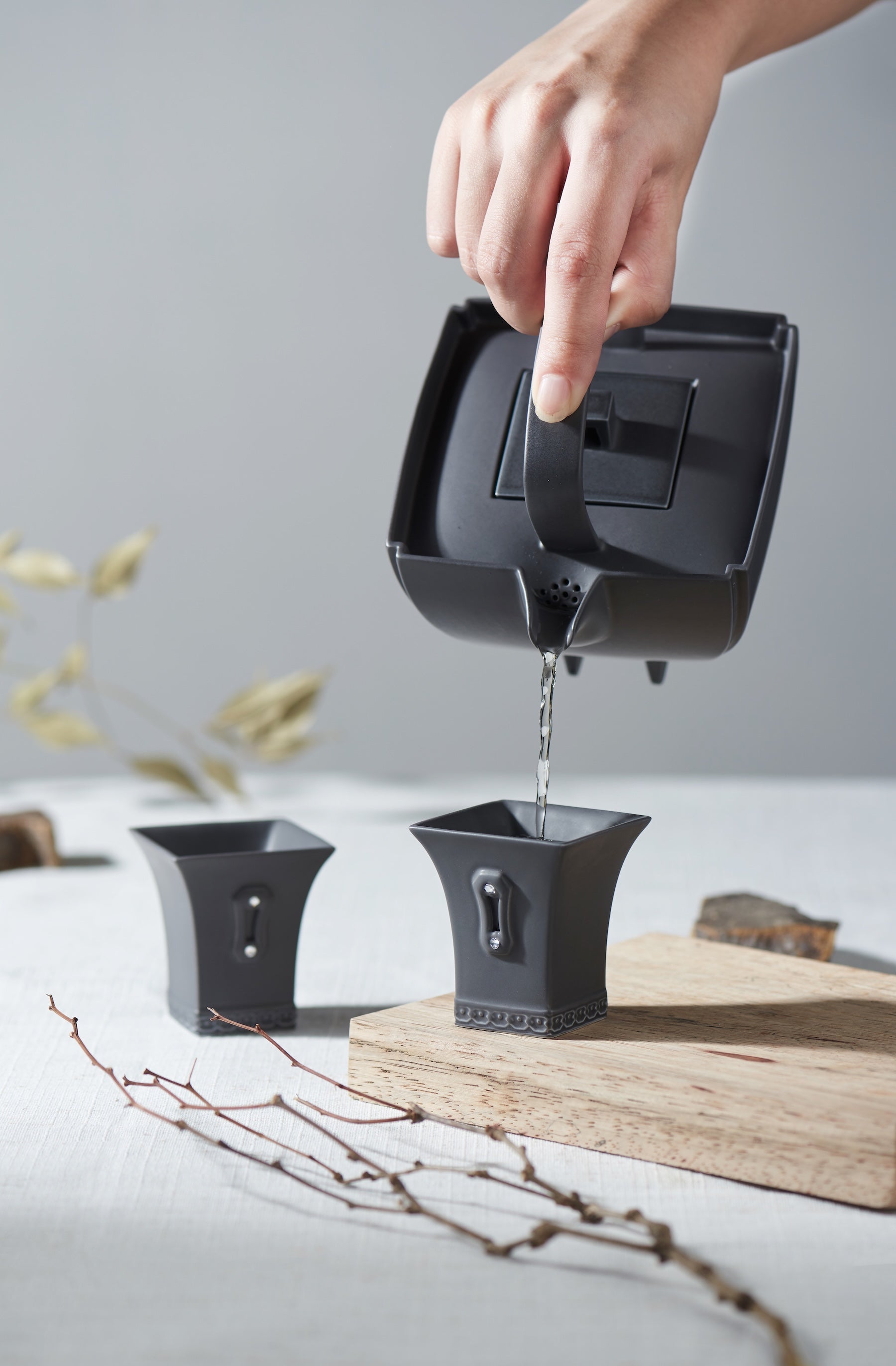
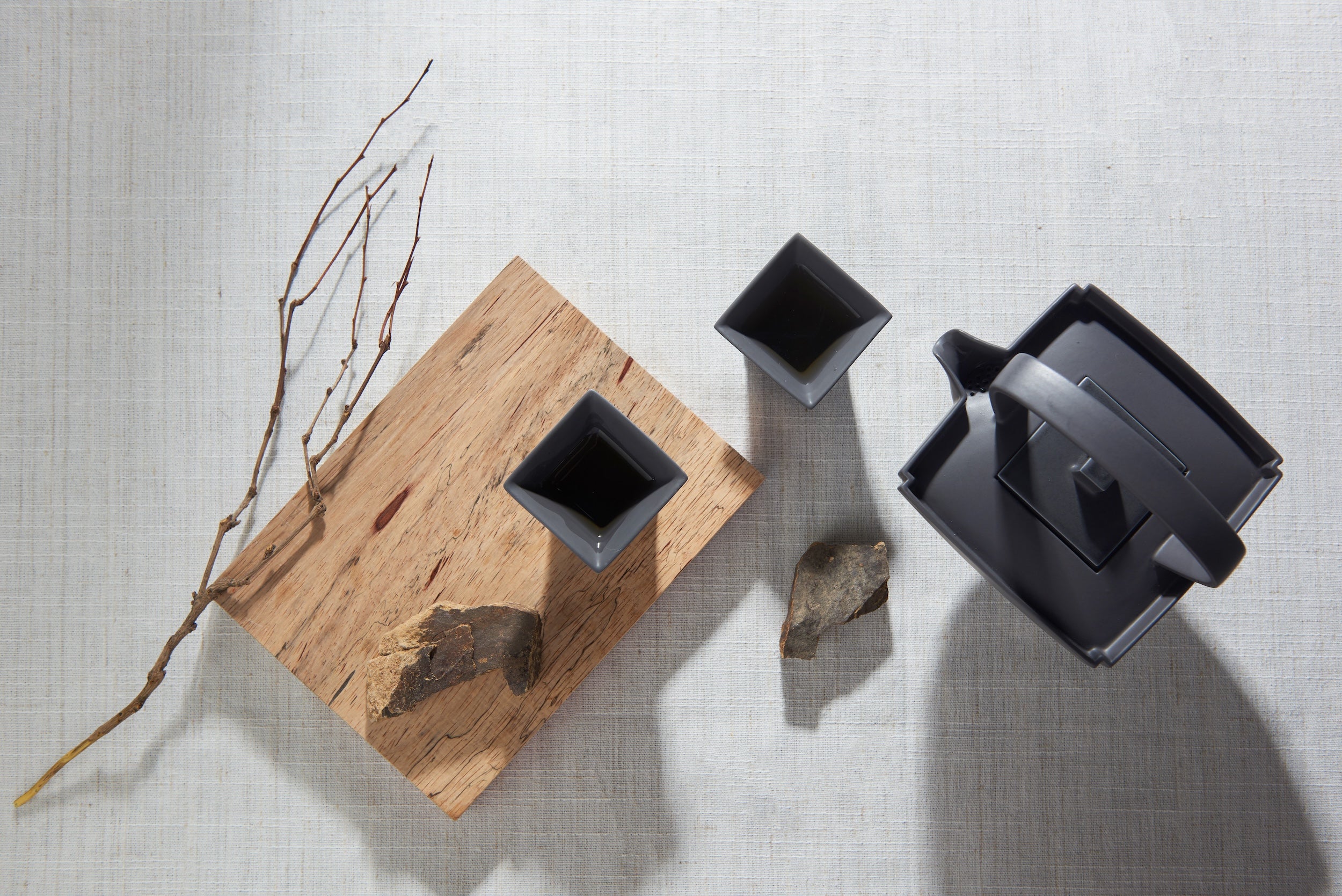
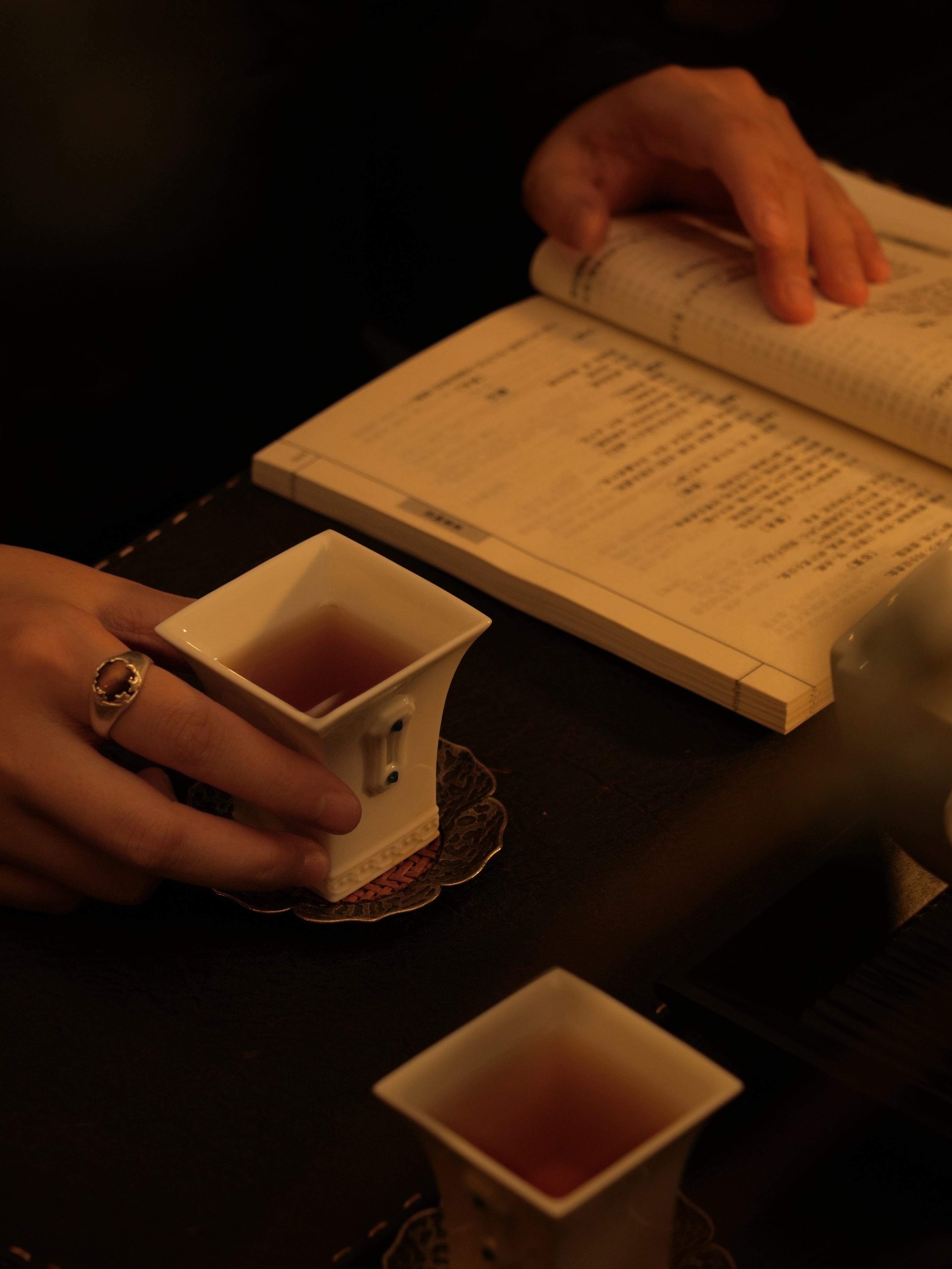
A quiet tea moment in the study
Return the mind to stillness, where the scent of books and tea mingle.
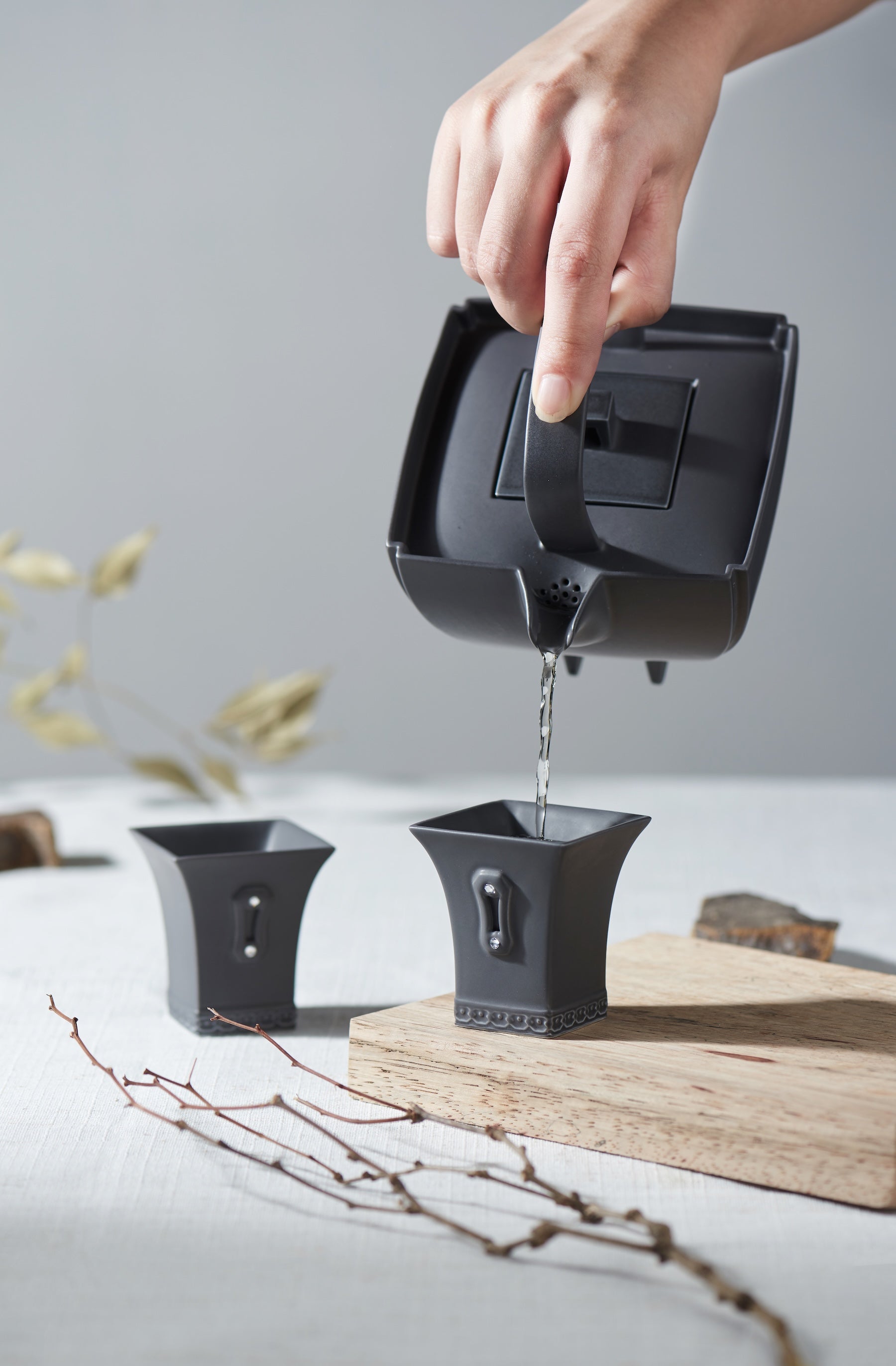
A mindful tea ceremony among friends
Raise the teapot in reverence—share the taste of the seasons with those at the table.
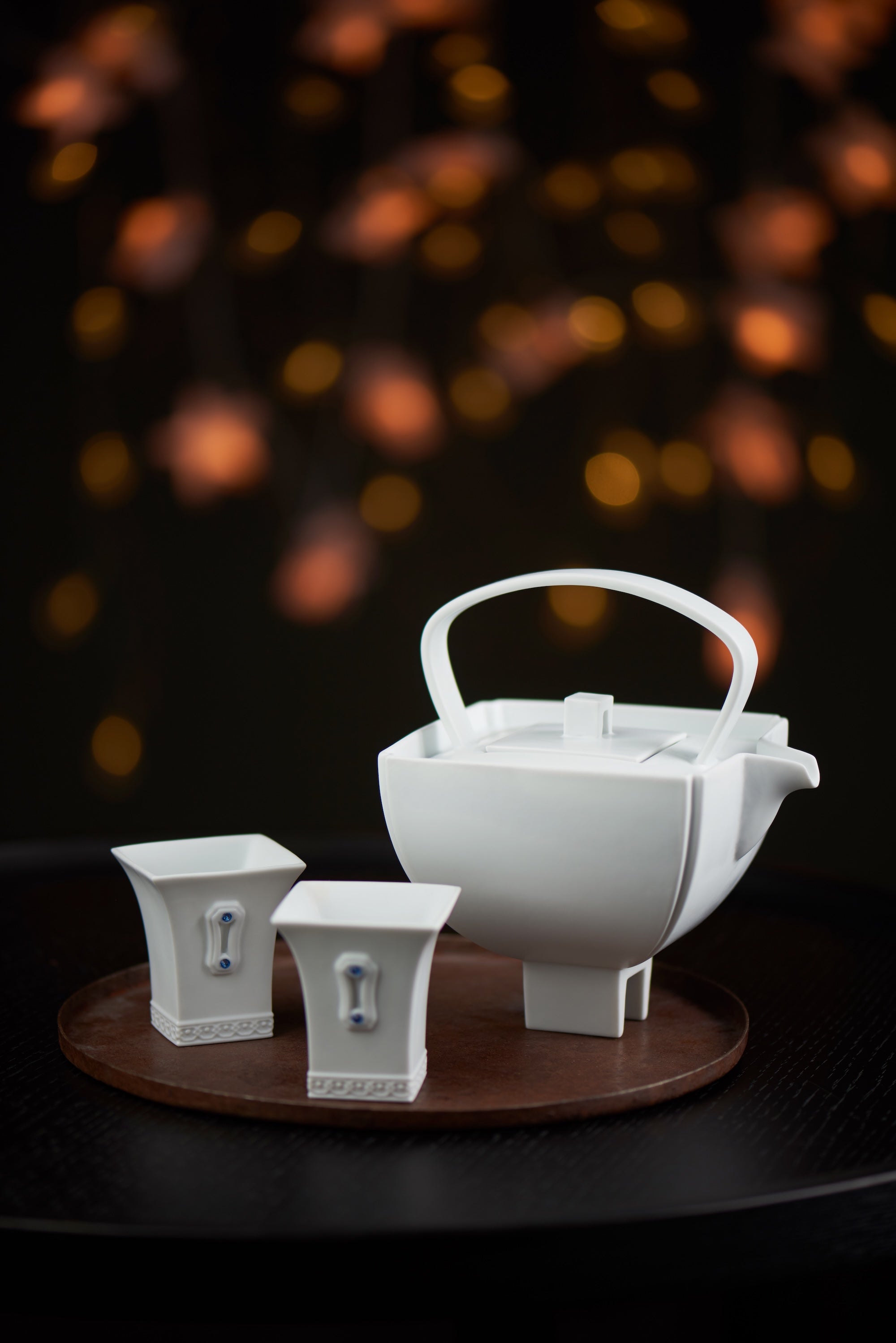
A sculptural presence in modern interiors
Leave space in the room, and the vessel becomes a landscape of its own.

Design Concept
Usage Occasions
Ideal For
Dimension
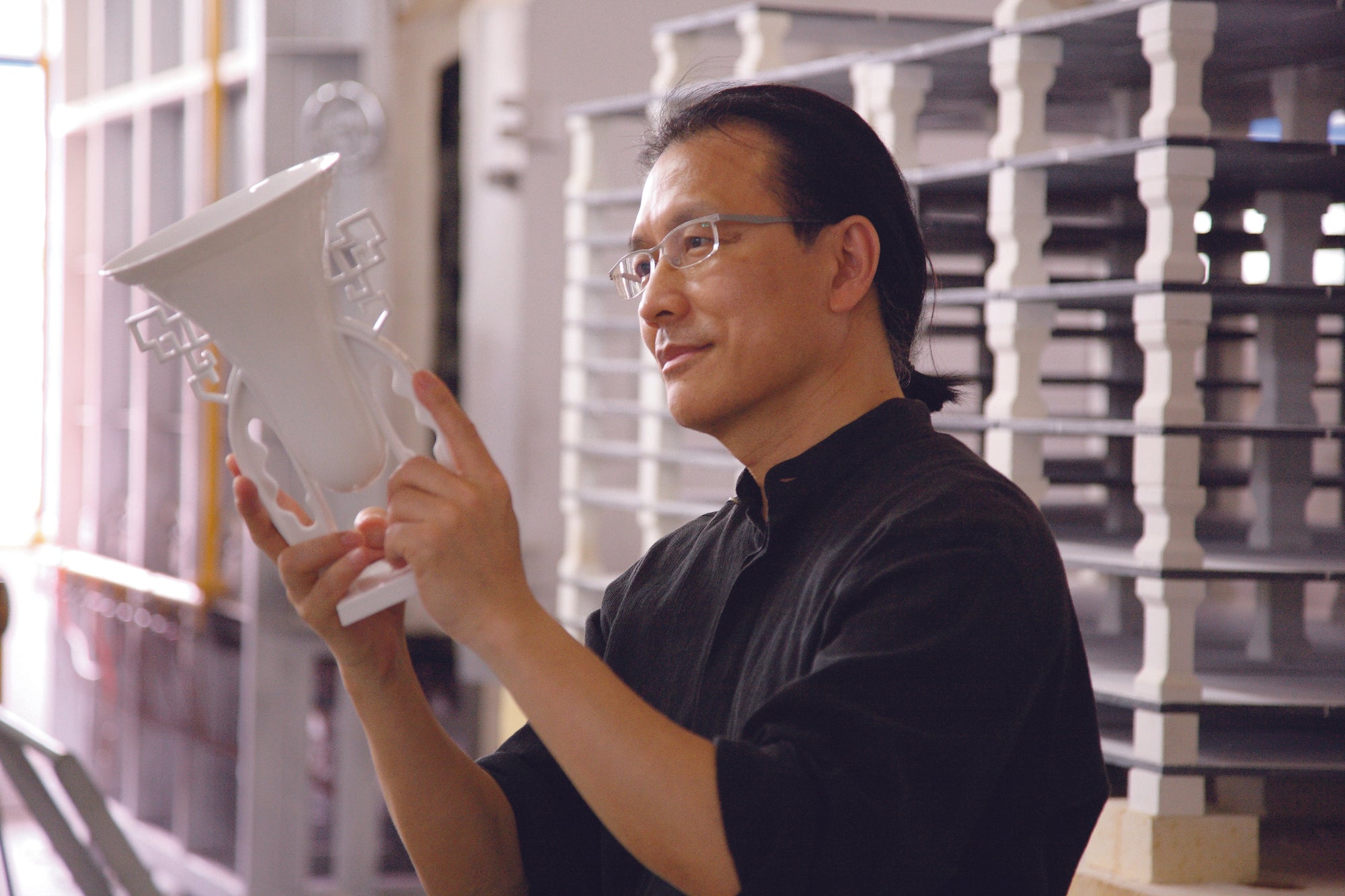
Heinrich Wang, founder of NewChi Porcelain and Tittot, is one of Taiwan’s most representative contemporary artists in white porcelain and liuli glass. Renowned for infusing philosophy and poetry into object design, his works have been exhibited at the National Museum of History in Taiwan, the Taiwan Craft Research and Development Institute, and the Triennale di Milano, earning recognition from collectors worldwide. Every porcelain piece is personally overseen by Wang, offering an aesthetic choice that unites artistry, cultural depth, and practical function.